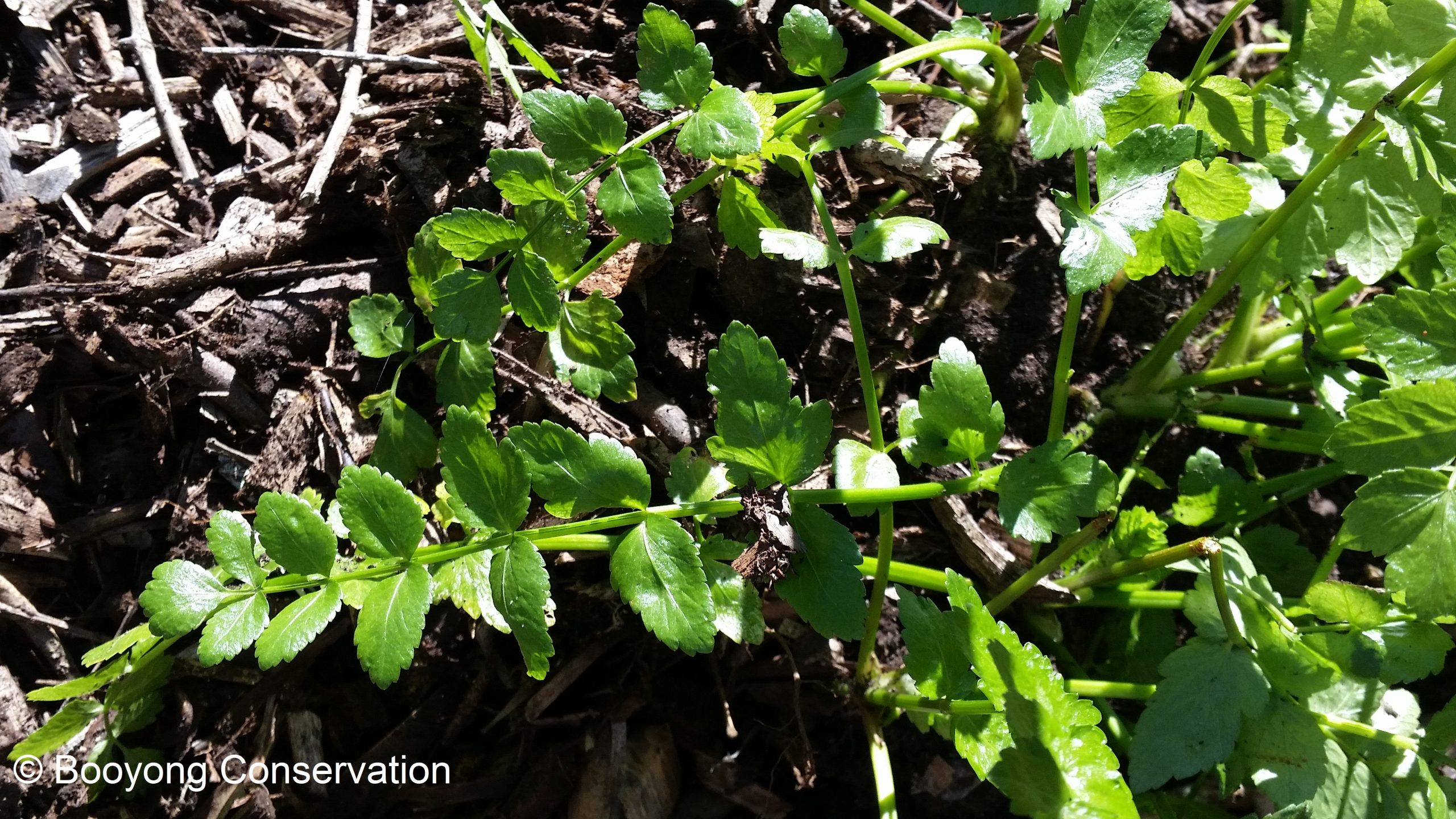Our lovely neighbour Mette gifted us some land cress and we have recently been able to separate it and share it with some of our neighbours at Byabarra. We have both water cress and land cress growing at Booyong now which is great.
There are two types of Land Cress (Barbarea vulgaris and Barbarea verna) and we believe the one we have is Barbarea Verna. This is a very easy plant to grow.
Growing – Plant land cress in Spring in a semi shaded area of the garden. Although it will also grow in full sun, it does not thrive in full shade. Land cress also grows well as an edge crop in your herb garden and we have grown it along the edge of the herb spiral at Booyong and will propagate it further in the Spring. Land cress is quite versatile and can also be planted in a pot. It is not fussy about its soil and can be planted in sandy, loamy and even clay soils, however, as often is the case, well-draining soil is best and will encourage the plant to thrive.
Care – Land cress likes moist soil and needs to be watered at the base of the plant often. It also likes room to grow so keep the area around it weed free and mulch generously to avoid weeds and keep the soil moist. It needs to be watched closely in the dryer months of Summer.
Pruning – Cut back vigorously and use as required, as long as it has enough water, it will keep coming back.
Companion Planting – Land cress is sometimes referred as the ‘Dead End Trap Crop’. Both land cress species are beneficial to the garden as they release chemicals that attract the common pests Diamondback Moth and the Large Cabbage Moth which lay their eggs in the Land Cress. When the caterpillars emerge, they feed on the land cress and are poisoned by the soap like compounds called saponins in the leaves and die. Worth noting is that neither of these moths are the white cabbage moths, the land cress does unfortunately not have an impact on the white cabbage moth.
Pests and Diseases – Land cress can be affected by mildew in very wet conditions.
Harvest – Land cress leaves can be harvested about seven weeks after seeds are sown. The lovely yellow flowers and seeds can also be eaten and the plant will benefit from constant picking so use as often as required.
Propagation – Land cress grows in dense clumps and can be separated to pot on. When the temperature rises in Spring you can expect it to rapidly go to seed. These can be saved and shared with friends or your local seed savers group. If you are planting by seed, sow 1.5 cm deep and about 15cm apart, water thoroughly and keep the soil constantly moist until they germinate.
Health Benefits – According to Our Permaculture Life “Land cress very healthy it has twice the vitamin A as broccoli, and three times the vitamin C found in oranges. It also contains vitamins B and E, iron and calcium”.
Eating – Land cress is entirely edible and has the same peppery taste as watercress (a great spicy addition to a salad or sandwich), the leaves are just a little bit coarser. It is also a great addition to soups and sauces and is often used as a Spinach substitute. Young, tender leaves are the best. We may even try it in a pesto and spanakopita when we make it next.
Seeds can also be sprouted which sounds like fun, we’ll definitely be trying this in Spring.

